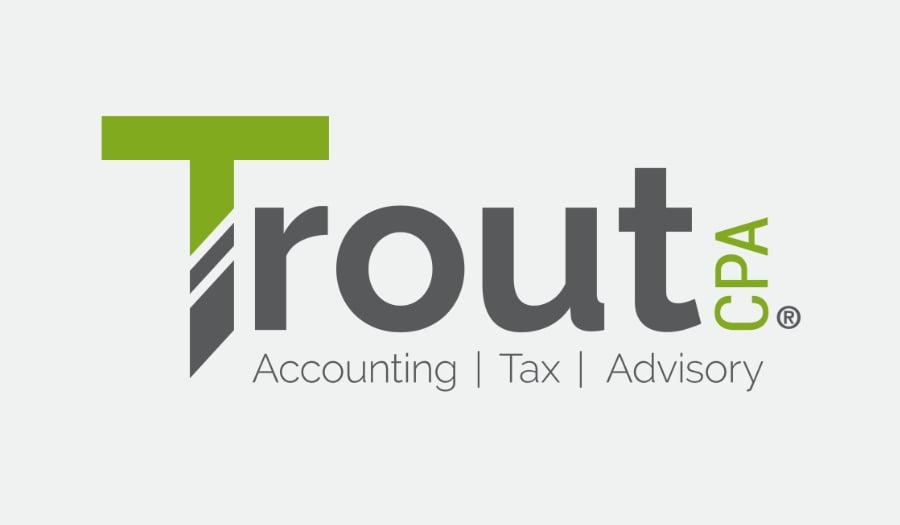Written by Nicole Cradic, CPA, Partner
This article first appeared in the Pennsylvania CPA Journal - Fall 2023 and is reprinted with permission. Copyright © 2023 by the Pennsylvania Institute of CPAs. All rights reserved.
The Auditing Standards Board (ASB) issued four quality management standards in June 2022. These were generally presented in the spring 2023 issue of the Pennsylvania CPA Journal together with a deeper dive into SQMS No.1, A Firm’s System of Quality Management. The focus of this column is SQMS No. 2, Engagement Quality Reviews.
First, understand that SQMS No. 1 and No. 2 do have a connection. Through SQMS No. 1, firms will determine when an engagement quality review (EQR) is an appropriate response to a quality risk. In SQMS No. 2, firms will find guidance on how EQRs should be performed and by whom. Statement on Auditing Standards (SAS) No. 146, Quality Management for an Engagement Conducted in Accordance with Generally Accepted Auditing Standards, and Statement on Standards for Accounting and Review Services(SSARS) No. 26, Quality Management for an Engagement Conducted in Accordance with Statements on Standards for Accounting and Review Services, cover EQRs from an attest engagement perspective.
The guidance for engagement quality control reviews was previously included within the quality control standard. However, under the new quality management standards, EQRs are covered in a separate standard, earning their place in the spotlight. What follows is an overview of the role of the EQR reviewer, the appointment and eligibility of the reviewer, the performance of EQRs in general, and documentation requirements.
The Engagement Quality Reviewer
SQMS No. 1 states that the engagement quality reviewer performs the EQR on behalf of the firm and is not a part of the engagement team. An EQR is an objective evaluation of the significant judgments made by the engagement team and the conclusions reached. An EQR does not change the responsibilities of the engagement partner for managing and achieving quality on the engagement or for the direction and supervision of the members of the engagement team and the review of their work.
Appointment and Eligibility
Firms need to develop policies and procedures around the appointment and eligibility of the engagement quality reviewer. For example, firms need to assign the responsibility for the appointment of an engagement quality reviewer to an individual or individuals with the appropriate competence, capabilities, and authority. Furthermore, firm policies need to determine the criteria for eligibility to be an engagement quality reviewer. Those policies need to cover certain required attributes, such as the reviewer not being a part of the engagement team, having appropriate competence, and having sufficient time.
Policies will need to address threats to objectivity after previously serving as the engagement partner. However, the standard does not require a cooling off period, as initially suggested in the exposure draft.
EQR Performance
Firms will also need to establish policies regarding the performance of EQRs. For one, they should address that the engagement quality reviewer is responsible for performing procedures at appropriate times throughout the engagement. Also, the engagement partner’s responsibility in relation to the EQR should be established. That includes the prohibition of the engagement partner releasing the engagement report prior to obtaining notification from the engagement quality reviewer that the EQR is complete.
There should also be actions established that will be taken when objectivity threats arise from the engagement quality reviewer’s interaction with the engagement team on significant judgements.
The engagement quality reviewer should take the following steps while performing the EQR:
- Obtain an understanding of the nature and circumstances of the engagement and the entity.
- Understand if the firm’s monitoring and remediation process (see SQMS No. 1) has identified deficiencies.
- Have a discussion with at least the engagement partner about significant matters and judgements.
- As a result of these steps, review selected pertinent engagement documentation.
- Consider how the engagement partner determined that independence requirements have been met.
- Evaluate if appropriate consultation took place on difficult or contentious matters. Evaluate conclusions.
- For audit engagements, determine if the engagement partner’s involvement was sufficient.
- Review the financial statements and reports.
- Resolve any concerns about significant judgements with the engagement partner.
- Notify the engagement partner that the EQR is complete.
Documentation
A firm’s policy should require the engagement quality reviewer to be responsible for the documentation of the EQR and that such documentation is incorporated into the engagement documentation. The documentation must be sufficient to enable an experienced practitioner to understand the nature, timing, and extent of procedures performed and conclusions reached. The documentation must contain the following:
- Name of the reviewer.
- Identification of reviewed engagement documentation.
- Basis for reviewer concluding that requirements of SQMS No. 2 have been fulfilled and that the EQR is complete.
- Notification of the engagement partner that the EQR has been completed.
- Date of completion of the EQR.
Implementation Recommendations
As firms prepare for the implementation of SQMS No. 2, a focus should be placed on updating or creating policies and on the most significant changes from extant guidance to ensure that quality management procedures appropriately address those requirements.
For example, firms need to provide and continuously update guidance on who can perform engagement quality reviews on which types of engagements and ensure that those individuals meet, and continue to meet, the requirements outlined in the firm’s policy. Currently, quality control reviews are frequently performed toward the end of an attest engagement. Under SQMS No. 2, engagement quality reviewers should be involved more frequently and in earlier phases of an engagement.
The documentation requirements of SQMS No. 2 also entail revisions to engagement documentation tools to ensure that all information is captured. Finally, firms need to contemplate how objectivity threats stemming from a previous engagement partner performing an EQR should be addressed.
As you embark on SQMS implementation, continue to monitor AICPA’s
website for additional information and resources. Also, make sure you stay informed about quality control materials and implementation resources that your provider of quality control materials will
make available.
Small Firms and Sole Practitioners
After SQMS No. 2 implementation, smaller firms and sole practitioners may
increasingly experience circumstances when individuals within the firm may not
be eligible to perform engagement quality controls. EQRs, however, can be outsourced to other firms or service providers. The PICPA, your peer reviewer, and connections you make at PICPA events and conferences can be resources for finding an external engagement quality reviewer.
SQMS No. 2 is effective for audits or reviews of financial statements for periods beginning on or after Dec. 15, 2025, and other engagements in the firm’s accounting and auditing practice beginning on or after Dec. 15, 2025. While the implementation period is lengthy, firms should understand the requirements of SQMS No. 2 while working through the implementation of SQMS No. 1. While they are separate SQMS standards, they are interconnected in the execution of a firm’s system of quality management.




